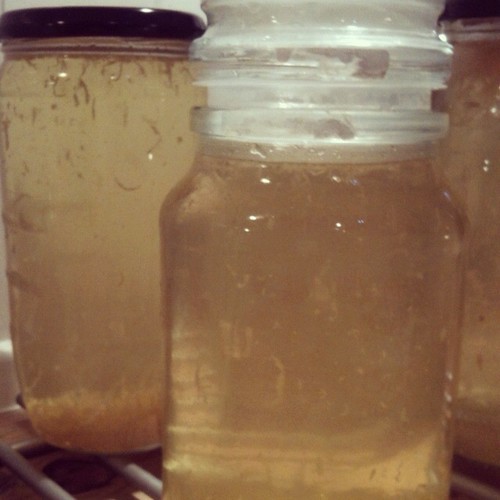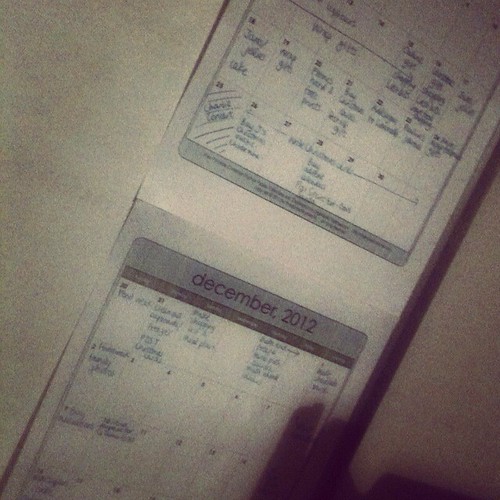
Hello again! I thought I'd check in and let you see an article I recently wrote for a pharmaceutical industry blog about how I used social media to help me manage my depression. I think its an interesting area. I used blogging, Facebook, Twitter and various online forums instinctively, because they helped educate and inform me about depression. I also found it difficult to find accounts of other women's depression online, which was the impetus for starting this blog (that, and because I find writing cathartic, but whether that realisation came first, or whether the catharsis became apparent once I started writing, is unclear).
To quote an old cliché, 'information is power' and, as a result of my research, I believe I became a better informed and more empowered patient. However, what I also experienced was unparallelled support from strangers, who listened to me, supported me and helped me recover. In the article I call them my "cyber angels" and, if I live to be one hundred, I will never fail to be grateful for their generosity. In my experience though, there are dangers. I'd be interested to see if you agree.
Claire x
from: http://social.eyeforpharma.com/epharma/managing-my-black-dog, published 29.10.12
"
I remember, with mortification, a conversation I had when I was in my 20s and a newly promoted manager. I was talking to another manager, equally green, about a mutual colleague:
“I just don’t get this depression crap” he said to me. “I mean, dude, if you need a holiday, just take one.” I remember agreeing enthusiastically.
How the Gods of fate must have laughed. Little did I know that, less than ten years later, I’d be one of “those people” myself.In my case the breakdown snuck up on me a couple of years after my (retrospectively diagnosed) postnatal depression. I was running my own business – which was surprising successful at first, yet quickly diminished by the new recession. I was working more and more hours, expanding the business, trying to trade out of trouble. I watched my costs rise exponentially and turnover fall. Believe me when I say that way madness lies.
When my head broke it felt much like a fuse had blown. I felt hot, unbearably hot. I couldn’t concentrate, my ears were ringing, I felt sick, like the oxygen had been sucked from the air. My heart was beating too fast. There was lead in my chest. I made a mistake – something pretty insignificant, looking back - but it felt crushingly catastrophic. Driving home I started quietly crying, but once those floodgates were opened, it quickly swelled into a tsunami of racking sobs. They were harvesting peas; the smell was cloying.
It was six months before my tears subsided.
Once that fuse had blown, I could put thousands of watts of effort through my brain, but the circuit would not – could not – link back together again. I cried through days and nights, alone and in the company of my patient but worried husband. I cried through doctor’s appointments, waiting lists and ineffective NHS counselling sessions where the counsellor had little interest in me; she’d seen it all before.When I wasn’t crying, I was zombie-like, a lump of dough, brain numb and slow. I abhorred myself.
I always imagined that suicidal feelings would present themselves in a rush of brightly coloured drama; that one would turn up at A&E, confess one’s desire to slash, or strangle or jump, and that someone would hold your hand and take away your personal responsibilities until you were feeling better (possibly with some dramatic extradiagetic music for effect). For me, feeling suicidal was as mundane as can be. I was certain I would die, no doubt about it, absolutely certain. It was simply a question of when. I used to make little deals with myself. Just one more row of knitting, then I’ll hang myself. Let’s get to the ad break of Midsomer Murders, then I’ll do it. Then it’ll be time to go. Just a couple more minutes. Hang on till then.
Looking back, there were two things that got me through the endless moments of depression: knitting and writing. There were bigger things, obviously, like my children and my loving husband, but I didn’t see the importance of them at the time. I thought that my death would do them a favour. It was lonely work passing those endless moments of deathly thoughts. I didn’t have a great deal of attention to use, but what I wanted to read, and what I couldn’t find, was the experience of other people going through the same thing. I wanted to see how this journey ended.
I have always found writing cathartic, and it was this that drew me to writing a blog. If I couldn’t read other people’s experiences, I could tell them about mine. I used my knitting as the excuse for the blog, but it hid a much more vital need. Writing filled my moments as I poured my agonising emptiness into the void. It didn’t matter that people were reading; I was expressing. But they were.
I started to receive emails from people all over the world. They said I had reached out and touched their painful place. They told me their stories. Sometimes I just listened and reflected. Often I wrote back and encouraged them to keep getting to the end of their row, whatever form that took. I learned that mental illness is about health and wellness rather than weakness; that the strongest people can push themselves too hard, way beyond the point when most people stop. Eventually I also realised, like Esther Greenwood in ‘The Bell Jar,’ the unpalatable truth: no-one would cure my depression but me. Unless I started to play a more active part in my own recovery, my life would continue to be a string of voids, mirrored and endless and stifling.People would give up on me as I had given up on myself.
Unlike Esther Greenwood / Sylvia Plath, my depression was played out in a very 21stcentury arena: the Internet. From the practical - ordering medications - to the expressive, my experience was played out through the fitting nothingness of the ether. I gained medical information from mental health charities on Twitter.I followed those who tweeted about their depression in real time, and could helpfully compare it to mine, nano second by nano second. Measuring time. Sitting with the demons. I listened whilst other people talked about which medications had worked for them, and which had made things worse. I read, came to my own conclusions about my healthcare, and went to my doctor empowered and better informed.
The anonymity of the virtual world helped me to overcome my depression. They say it’s good to talk, and sometimes it’s good to talk to strangers. Its easier to be honest, to not consider the feelings of the person you are talking to, and its easier to give advice when there is no agenda. People are kind, much kinder than you might imagine. My experience is that other people were genuinely generous with their time and wisdom, and that really helped. The dark places of my heart were not what I wanted to share with my nearest and dearest: from them I wanted familiarity, routine, security and forgiveness. My depressive pain was worked through with cyber angels. And a bloody good therapist. But the angels weren’t on £50 an hour.
I have one word of warning amongst all this praise for social media. There were times that I found forums distinctly unhelpful. What helped me to recover from the depression, alongside the therapy, medication, self expression and generosity strangers was wanting to get better, genuinely wanting it. It took time, and I had to sit with the tumultuous feelings and uncomfortable thoughts for far longer than I imagined. Platitudes were enraging - and there were a lot of those on Facebook from my nearest and dearest (who, to be fair, probably had no idea what on earth to say.) On some forums it became apparent that the same people sat and bleated the same problems over and over, like depressive Eeeyores. The world is dreadful, I will never recover, my pain is worse than yours. There is little more depressing than competitive illness, even on a forum for depressives. Maybe those people are not at the stage where they see that they can move forward through their illness yet. However, when you get a group all feeling hard done by, it’s easy to let a particular mindset creep in; its easy to start to see yourself as a victim. Group think is a scary and creeping phenomenom, like the lady behind Charlotte Perkins Gilman’s Yellow Wallpaper and its something we need to be mindful of.
If you’re reading this and you’re suffering from depression, then I would say that social media can be a very helpful tool for recovery. Use it, take the good things; give back as much genuine goodness as you can muster. Be mindful that, once you start making excuses for your illness, you’re entering the terrain of the mealy mouthed little sadsacks whose self pity conspires to keep them trapped. Recognise them for what they are, for they exist in the real world too, but they rarely have the opportunity to congregate together like they do in cyberspace.
Depression is a path that most of us walk over and over. One in four of us will suffer at any one time. As long as you watch out for Eeyore, there is no need to walk that path alone."






